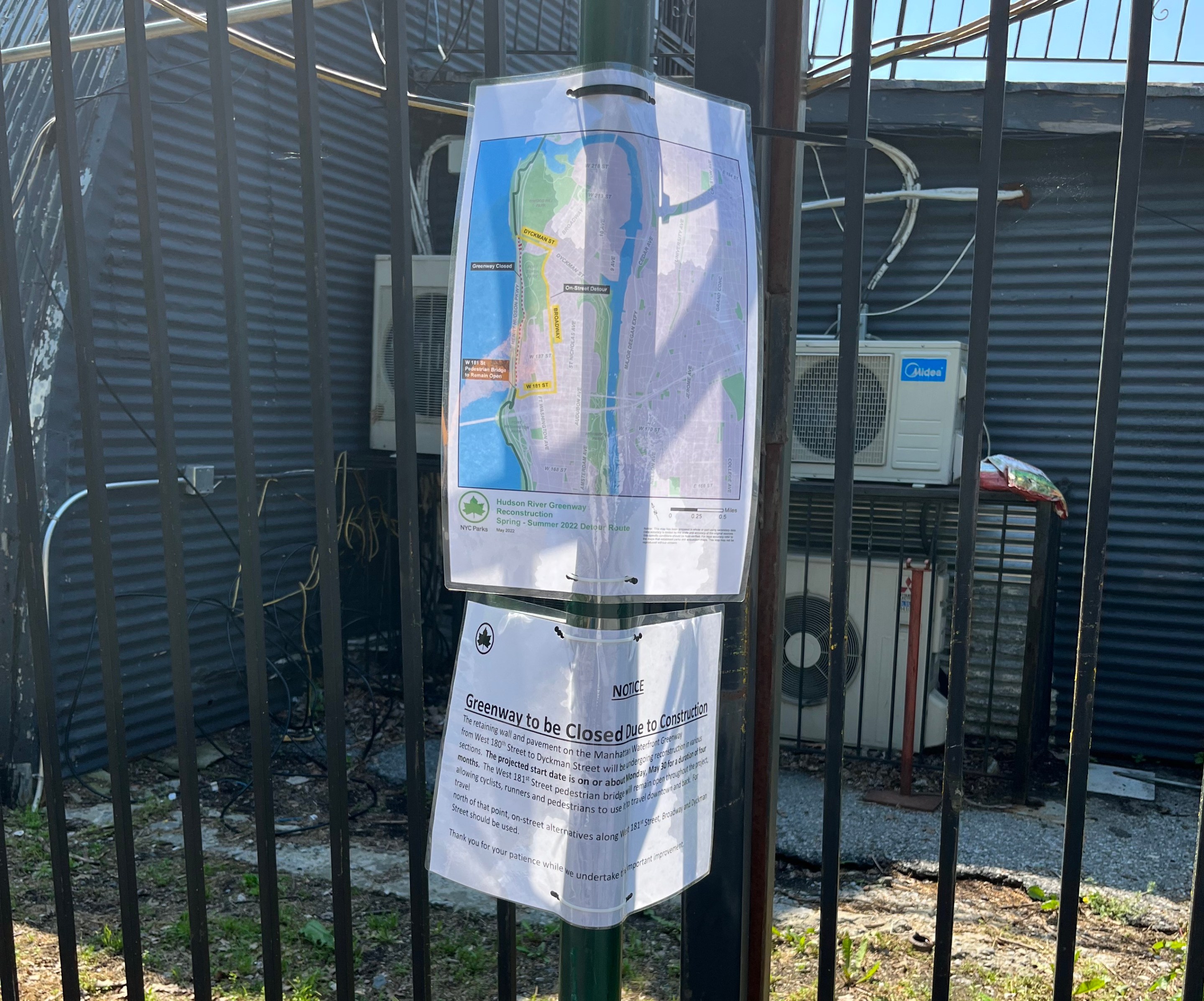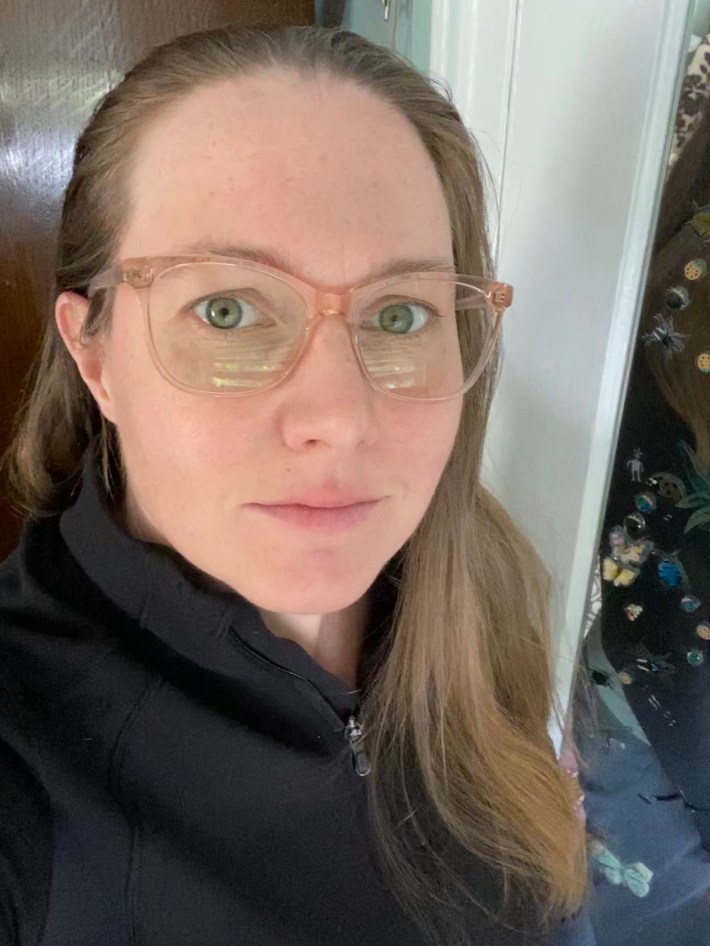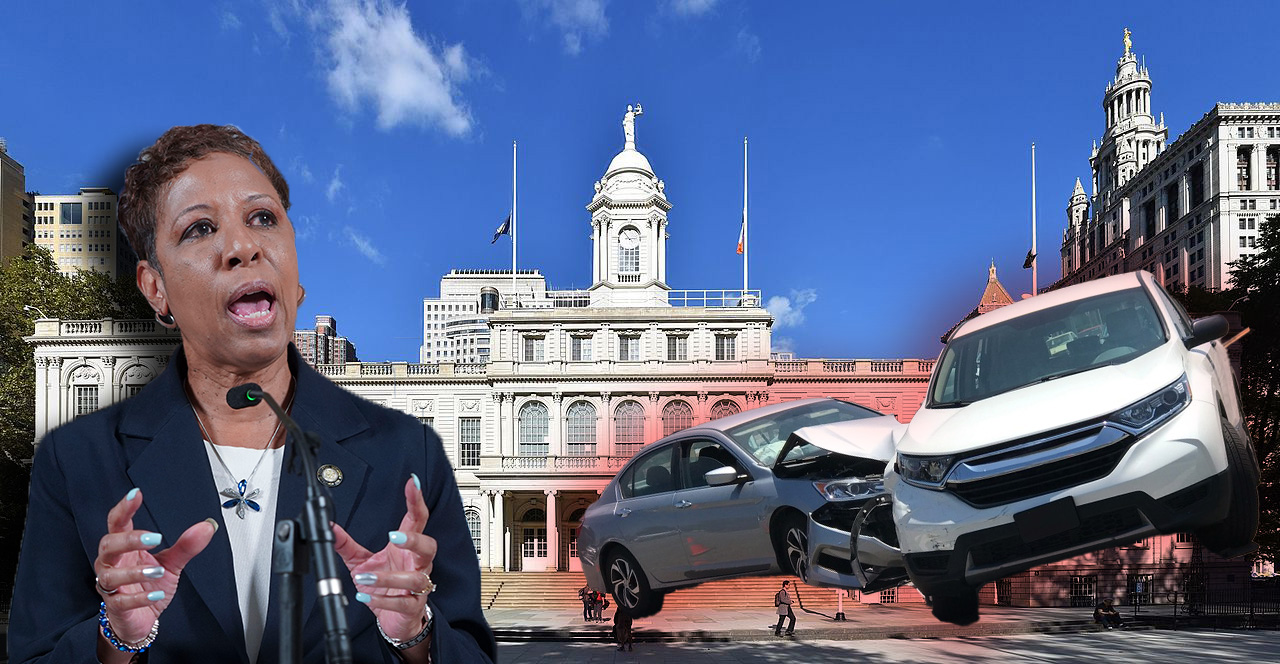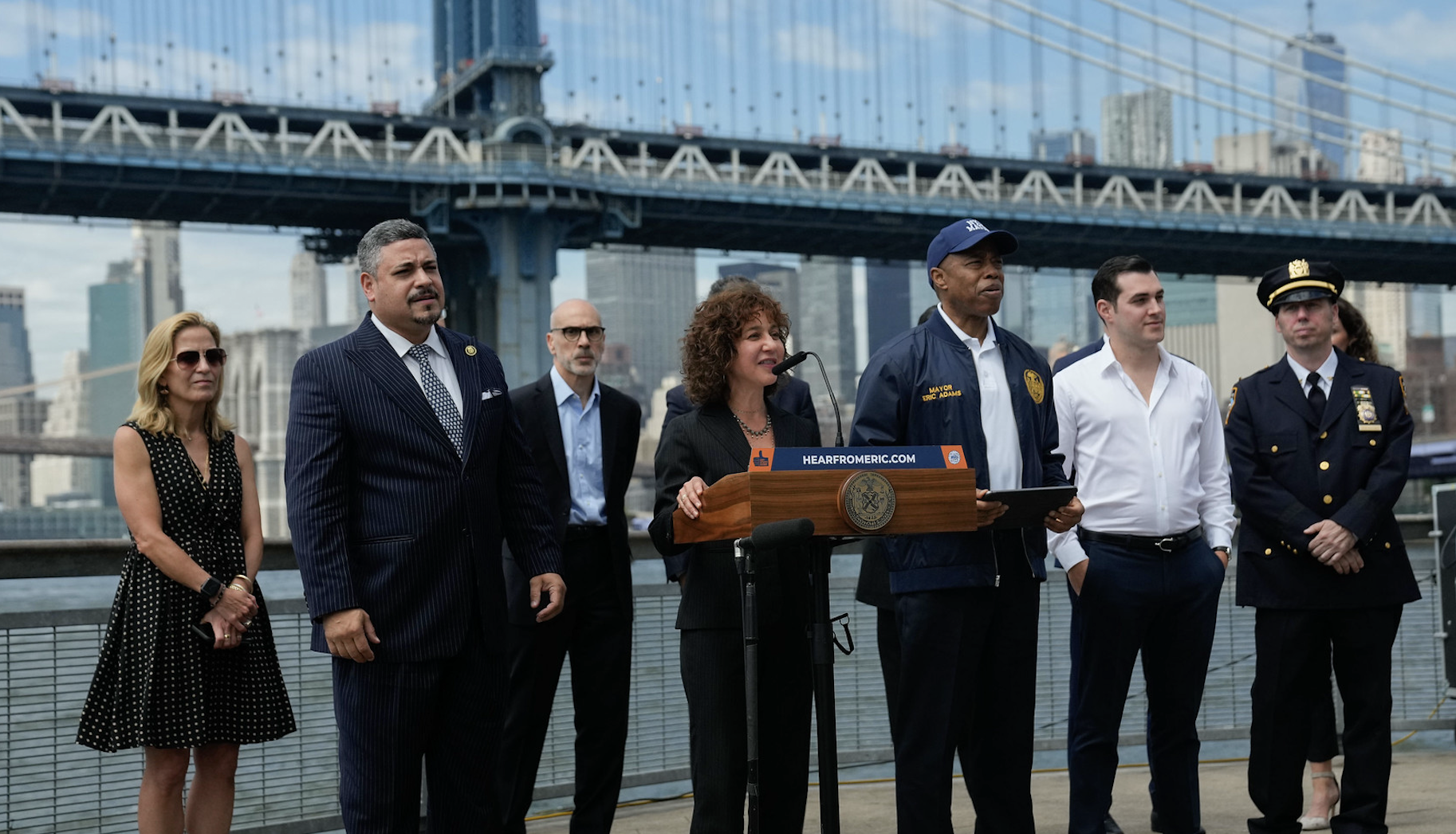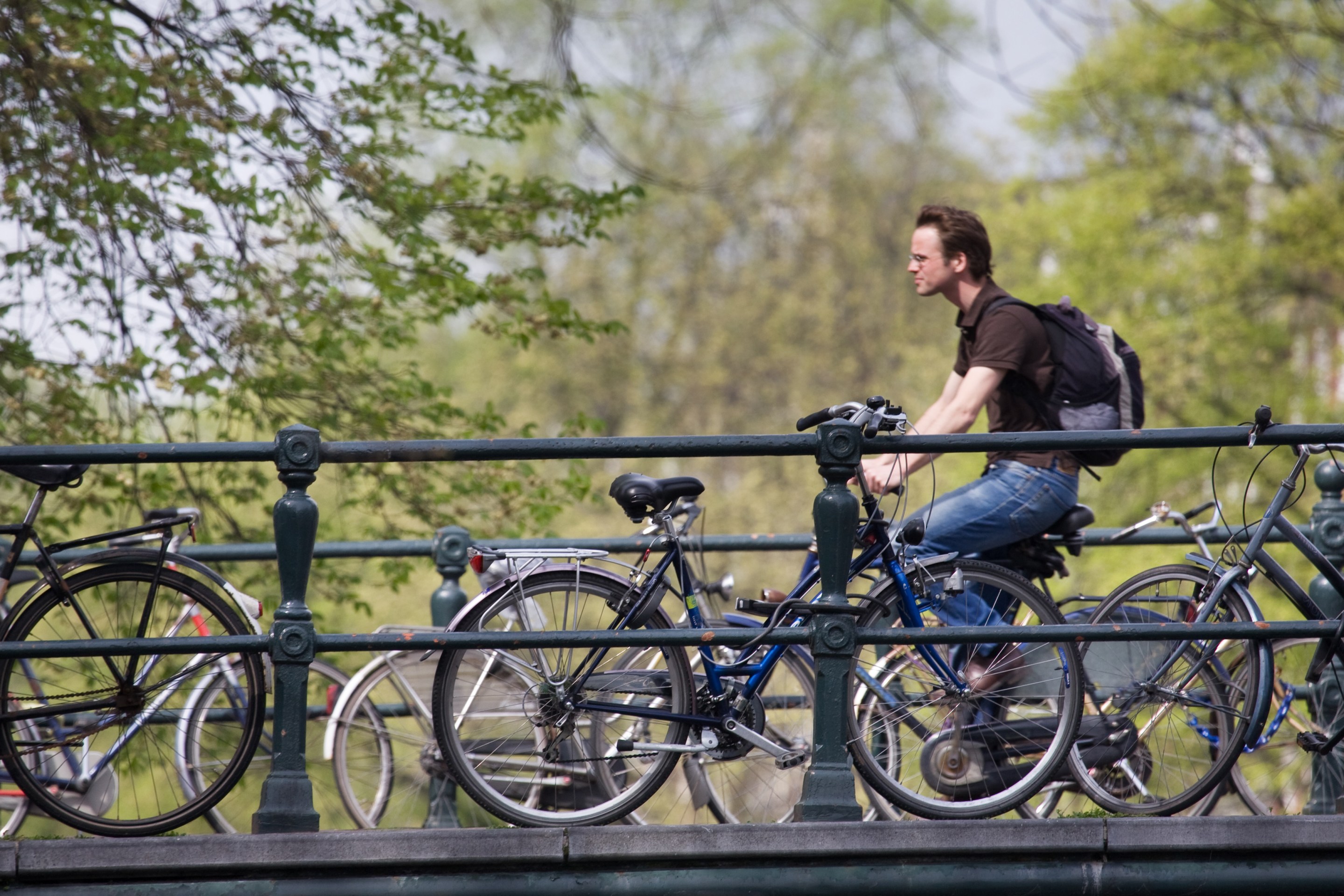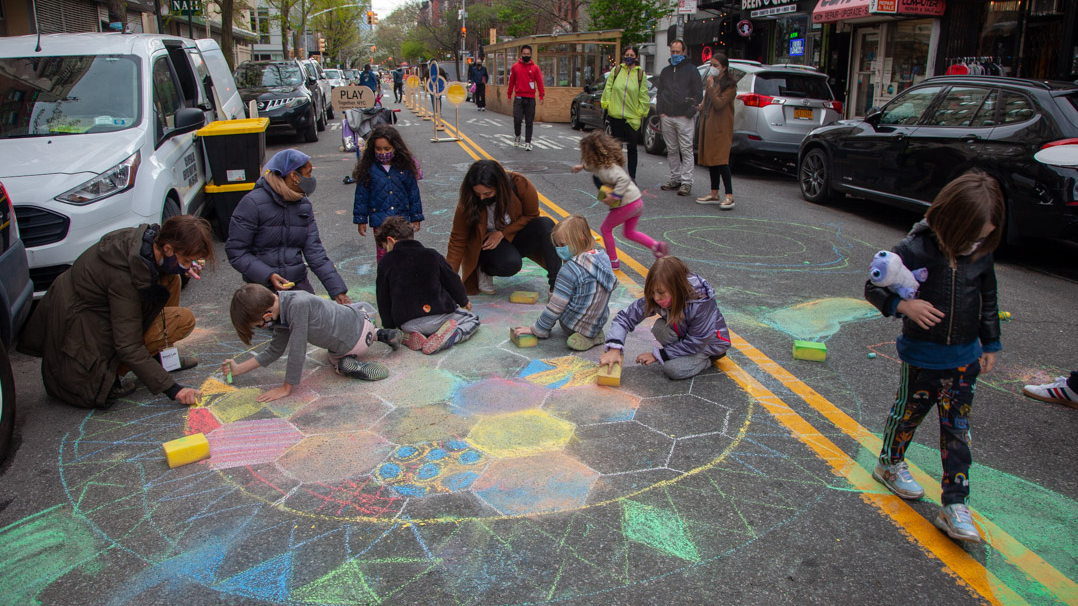The Parks Department is closing a one-mile stretch of the Hudson River Greenway between Dyckman Street and the George Washington Bridge on June 6 for at least four months. The repair — shoring up the crumbling retaining wall of the greenway — is desperately needed: The greenway has many potholes, some several feet deep, that seem to open up faster than Parks can patch them. Clearly the structure below needs attention.
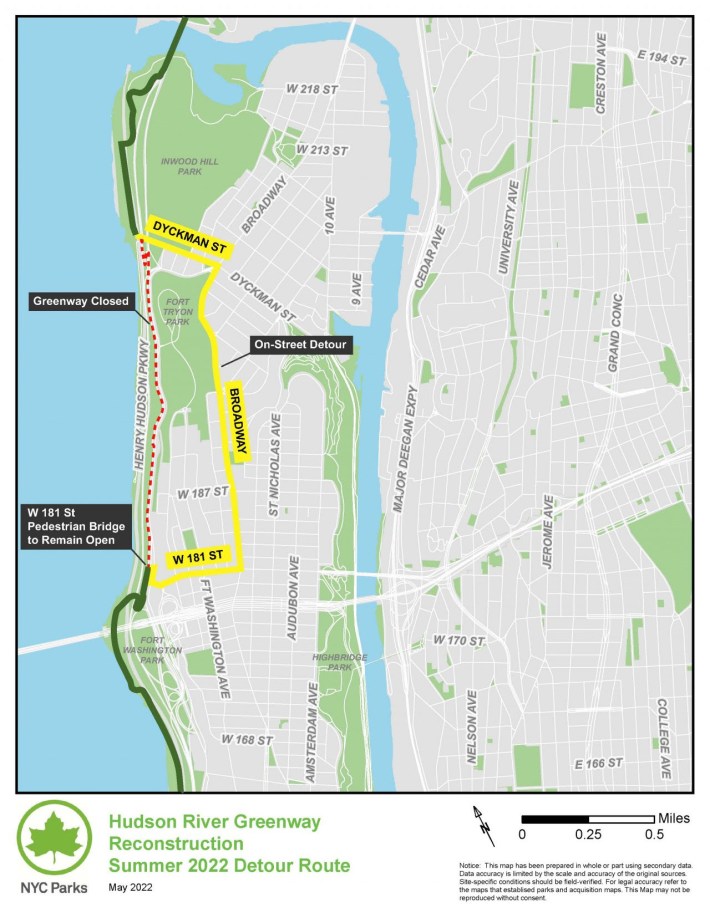
Yet the closure itself places an undue safety hazard on the many pedestrians and cyclists of Washington Heights, Inwood and the Northwest Bronx who use the greenway daily because it is the only safe north-south corridor for these communities traveling to or from Manhattan. This transit link is one of the vital ways that folks commuting downtown get to work; two thirds of Inwood commuters, for instance, do not have access to a vehicle. It is also the southernmost piece of the 750-mile-long Empire State Trail.
The city is proposing that cyclists and pedestrians detour around the construction by taking Dyckman Street, Broadway, and West 181st Street. The detour tempts fate; Broadway is the main north-south truck and freight route of upper Manhattan.
Right now, before the construction starts, the city must mitigate vehicle violence on its detour route with physical barriers for vulnerable non-vehicular road users. Pedestrians and cyclists traveling on surface-street corridors during construction further south in Manhattan have real signage and protected by-passes, often orange-and-white water-filled barriers. We demand such protection for our detour during the greenway construction.
Moving forward, the city must mend the loophole that gives Parks the sole authority to close vital, safe bicycle corridors without the same safety oversight given to construction on other transportation links. We need explicit regulations to insure the continual availability of safe bike lanes, especially one so important as the Hudson greenway.
Last August, my school-aged children and I witnessed a crash on Parks’ proposed greenway detour: A grandmother on an electric kick-scooter was struck by a livery cab driver conducting a random, mid-block U-turn opposite the Ann Loftus playground on Broadway at Riverside Drive in Inwood. We were traumatized by seeing a woman who was following traffic laws — but not protected by the metal body of a car — have her life altered so suddenly. Cars continued to drive fast around her prone form. Other pedestrians on the street asked her if she wanted to be taken to the sidewalk to avoid getting run over. With that incident fresh in our minds, my kids and I are too afraid to attempt cycling on the Parks-proposed detour.
Crashes involving cars and vulnerable road users are common in the area. From May 2020 through April 2022, there were 255 reported crashes on the surface streets selected for the detour, injuring 20 cyclists and 18 pedestrians, according to city data, with a higher incidence of collisions during the summer when the greenway gets more use. The predictable, seasonal uptick in bike and pedestrian collisions on Broadway likely will worsen with the detoured greenway traffic.
Knowing the repairs were coming and necessary, the community asked for years leading up to the construction that the Parks and Transportation departments provide for a safe bike lane connector during the closure. Community Board 12 encouraged the city to find a safe detour during the closure. Among the ideas recommended was that an underused lane on the northbound Henry Hudson Parkway be repurposed inexpensively with jersey barriers as a protected bike lane during the repair. The state DOT, interestingly, did not reject the suggestion out of hand — it did, however, ask for a go-ahead from the city before it would review the matter. That never happened.
More recently, the community board asked if federal infrastructure funds could be found for straightening out the narrow, hilly, dangerous section of the greenway slated for construction closure by moving the path, which now runs next to the parkway, to the waterfront. Such a project was constructed with federal funds on another stretch of the greenway during the Bloomberg administration. We await an answer.
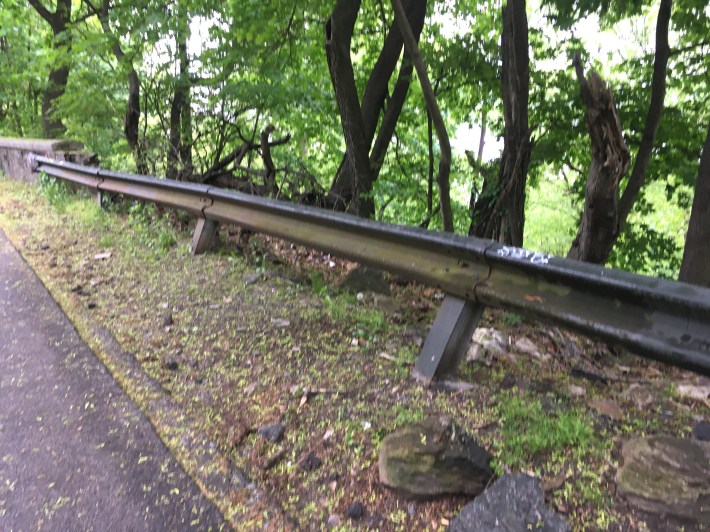
But now we have run out of time for exploring these elegant solutions. The closure is imminent. The route is so congested and unsafe that some cyclists and pedestrians might be tempted to use the riverside trail that goes south from Dyckman, only to find it dead ends short of the Little Red Lighthouse under the George Washington Bridge. Along the half-mile gap, the Amtrak rails hug the shoreline. The well-worn, unauthorized footpath next to the tracks is short and misleadingly safe during the times between trains — presenting a tempting but hazardous alternative to the constant danger of truck traffic on Broadway.
The unsafe detour is not the first time Parks has acted without consideration of cyclists' safety — it similarly closed the Cherry Walk section of the greenway between 96th and 125 streets in late 2020 without proper signage (or even notice). Morningside Heights, however, does have bike safe alternatives. Uptown neighborhoods are dependent on the greenway as their only north-south safe corridor into downtown Manhattan. No one should have to weigh the risk of death or injury so highly for a routine ride or commute to school or work.
Please, Parks and DOT, give us the safety measures we need.
Allegra N. LeGrande is an Inwood cyclist.
